wèi, wéi
do
Simplified form of 為. Pictograph of a hand (又) guiding an elephant (象) to do work (in ancient China elephants were tamed to do work). Based on the meaning "to work; to do".
Components
象 Iconic Simplified component
xiàng
elephant
Evolution

Oracle script
(~1250-1000 BC)
Bronze script
Mid Western Zhou (~900 BC)
Seal script
Shuowen (~100 AD)
Clerical script
Eastern Han dynasty (25-220 AD)Traditional script
ModernSimplified script
ModernDefinitions
Sources
季旭昇《說文新證》p.194
